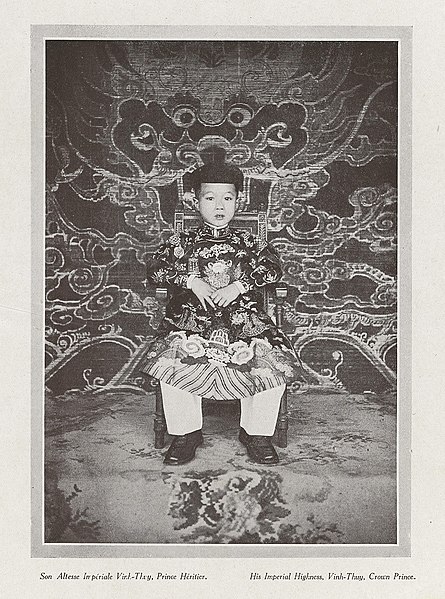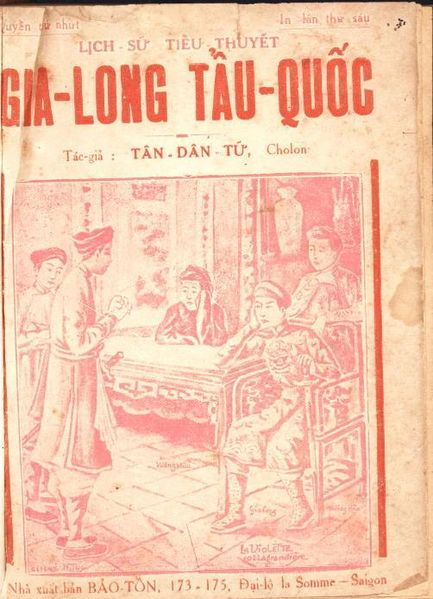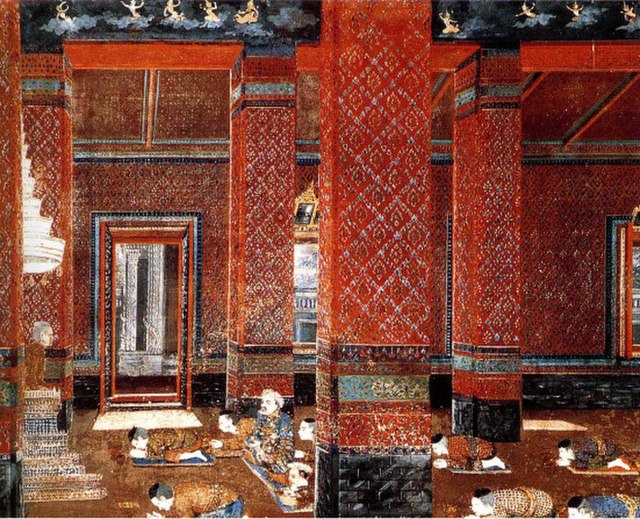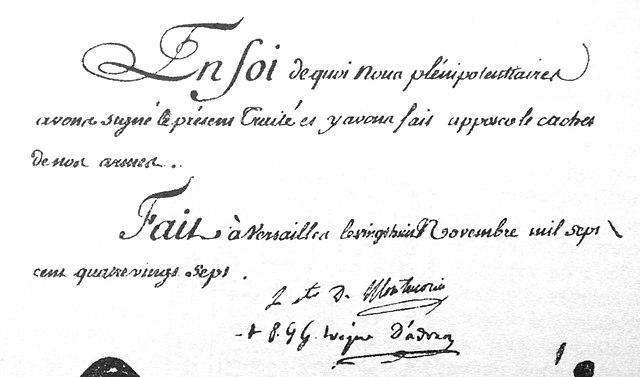Bảo Đại, born Nguyễn Phúc/Phước Vĩnh Thụy, was the 13th and final emperor of the Nguyễn dynasty, the last ruling dynasty of Vietnam. From 1926 to 1945, he was emperor of Annam and de jure monarch of Tonkin, which were then protectorates in French Indochina, covering the present-day central and northern Vietnam. Bảo Đại ascended the throne in 1932.
The Emperor on his throne, c. 1920s-30s
Young crown prince Vĩnh Thụy.
Crown Prince Vĩnh Thụy in 1920
Young prince Vinh Thuy (2nd right to left).
The Nguyễn dynasty was the last Vietnamese dynasty, which was preceded by the Nguyễn lords and ruled the unified Vietnamese state independently from 1802 to 1883 before being a French protectorate. During its existence, the empire expanded into modern-day southern Vietnam, Cambodia, and Laos through a continuation of the centuries-long Nam tiến and Siamese–Vietnamese wars. With the French conquest of Vietnam, the Nguyễn dynasty was forced to give up sovereignty over parts of southern Vietnam to France in 1862 and 1874, and after 1883 the Nguyễn dynasty only nominally ruled the French protectorates of Annam as well as Tonkin. They later cancelled treaties with France and were the Empire of Vietnam for a short time until 25 August 1945.
The cover of Tân Dân Tử's (1875–1955) 1930 book, Gia Long tẩu quốc, depicted the exile of Nguyễn Ánh.
Nguyễn Ánh (sitting, 2nd row) in audience with King Rama I in Phra Thinang Amarin Winitchai, Bangkok, 1782.
Signatures on the 1787 Treaty of Versailles
Pigneau de Behaine, the French priest who recruited armies for Nguyễn Ánh during Ánh's war against the Tây Sơn








